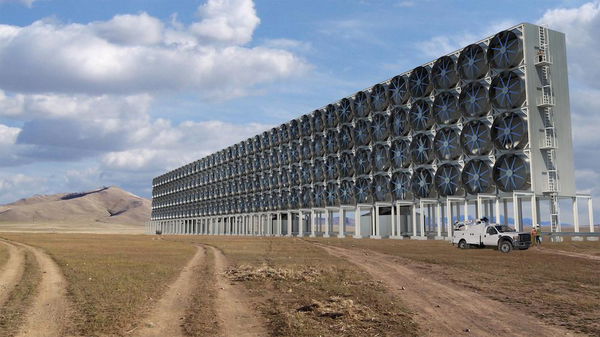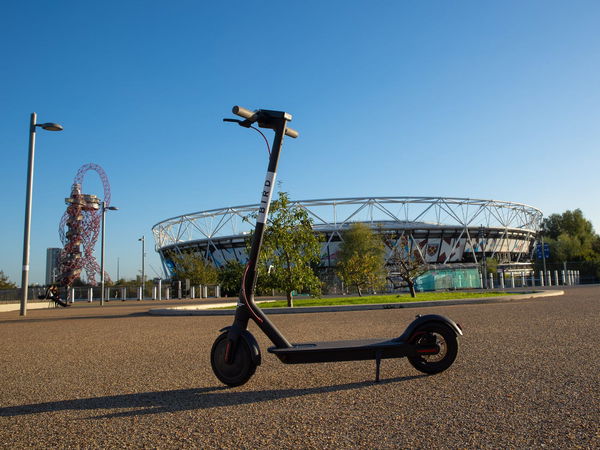CO2 captured from the air could become a future fuel
Once thought to be too expensive for widespread use, air to fuel is now taking steps closer to full scale use

CONVERTING the air around us into a useable fuel is a problem that has puzzled scientists for many years now. The tech was first successful in the 1950s, although the cost the process incurred was exceedingly high, making most believe widespread use to be nothing more than a pipe dream.
That was until a team from Carbon Engineering (CE) developed a system called ‘Direct Air Capture’ and the dream of turning the atmosphere into fuel just got a step nearer!
How does air to fuel work?
The process is called “air to fuels” (sometimes referred to as A2F) and it is achieved through three major steps. Firstly, CO2 from the surrounding air is captured through the use of fans and honeycomb-like structures that trap its molecules – not dissimilar to the structure found in a catalytic converter.
Next, electrolysis is used to make hydrogen and oxygen out of the water, and in the final step, the CO2 is combined with the hydrogen and the mixture is synthesized into fuel.
According to CE’s CEO, Steve Oldham, the fuels produced through this process are actually superior to those obtained traditionally through processing petroleum. He even goes so far as to say that they not only burn cleaner (and inherently cause less pollution especially because they contain no traces of sulphur), but that they also provide engines with even more power than their oil-based counterparts.
One of the stumbling blocks of the system though is the amount of energy needed to create the fuel, producing hydrogen by splitting water molecules it complex and uses lots of electricity. Although one of the benefits of this system is that you could burn conventional fuel and simply recycle the waste gas – although that is kind of missing the point!












